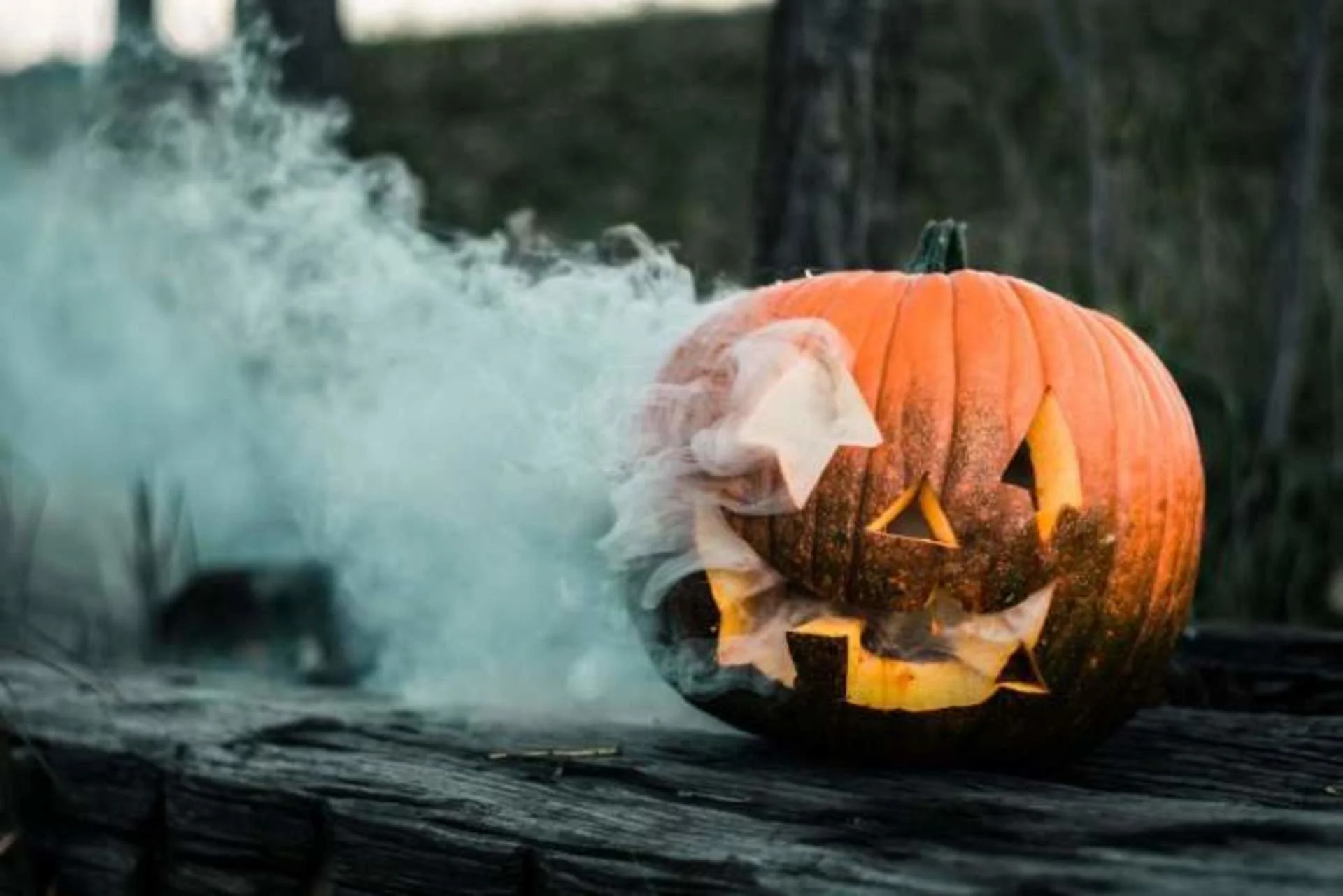
Millions of tonnes of pumpkins wasted annually: Here's how to reduce waste
Here are some tips to enjoy Halloween while minimizing your environmental impact.
Millions of pumpkins are tossed in the trash after Halloween, clogging up landfills and adding to food waste.
In the U.K., 10 million pumpkins are grown every year. Of those, 95 per cent are used at Halloween and then tossed, creating 18,000 tonnes of food waste.
In 2018, the CBC estimated there are more than 2,500 farms in Canada with pumpkin patches, using data from Statistics Canada. They produce 80 thousand metric tonnes of pumpkins. About 66 per cent of those are sold to customers, but most are never eaten, despite being a cost-effective and nutritious food source.
Because it is currently Waste Reduction Week in Canada -- a year-round campaign focused on reducing waste through economic and resource efficiency -- it is a good time to think about reducing your waste, especially with pumpkins. The themed-week continues until Sunday, Oct. 24.
Portions of carved pumpkins can be turned into food, and seeds can be roasted and eaten as a snack, on their own or incorporated into pumpkin bread, for example.
Make sure unused pumpkin bits are disposed of in a compost or food waste bin.
"It's all too easy for people to forget that Halloween pumpkins are still food," Tessa Tricks, head of food programs at Hubbub, told the Guardian.
"When they are only used for carving this contributes to the £15 [billion] of food waste in U.K. homes every year."
As another alternative, pumpkins can be given to a local farm or zoo for the animals to enjoy, if donations are accepted.
Halloween pumpkins are a small source of holiday waste, but simple changes can have a large environmental impact.
Editor's note: This article was repurposed from Oct. 24, 2020.
Photo courtesy of Chris Bothelo.
